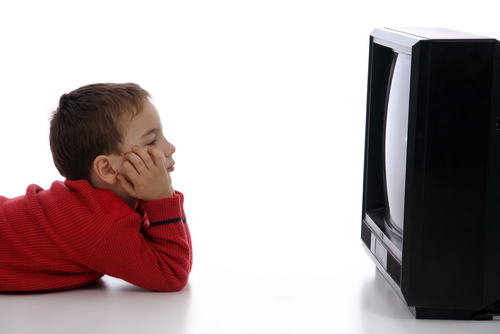Ratoncito Perez seeks to educate Hispanic kids on oral health
With toothbrush in hand, Ratoncito Perez seeks to educate Hispanic kids on oral health as part of Hispanic Heritage Month
In celebration of Hispanic Heritage Month, Delta Dental Insurance Company has joined forces with the tooth fairy’s Spanish-speaking counterpart, el Ratoncito Perez, to remind Hispanic children and their parents about the importance of good dental hygiene.
According to the American Association of Pediatric Dentistry (AAPD), tooth decay is the most common childhood disease, affecting nearly 60 percent of children. Of the 4 million children born each year, nearly half are estimated to get their first cavity by the time they reach second grade. What’s more, according to the May 2000 Surgeon General’s report, Oral Health in America, more than 51 million school hours are lost each year due to tooth decay and other dental problems. For minorities and children from low-income families, these statistics are increasingly worse.
“Oral health problems persist among children, in spite of the fact that tooth decay is largely preventable,” said Solomon Romano, Hispanic marketing manager for Delta Dental. “We have teamed up with Ratoncito Perez and put in place several initiatives – a Spanish-language website, bilingual brochures and Spanish-speaking dentists – to educate parents and children that through regular dental cleanings and checkups, the use of sealants, and appropriate diet and oral health care, a healthy smile is achievable and maintained.”
As part of this dental health awareness effort, Delta Dental and Ratoncito Perez share the following simple tips that parents and children can practice to prevent dental problems:
- Visit your dentist every six months for dental cleanings and check-ups.
- Floss your teeth at least once a day. The floss should go between the gum and each tooth to clean food particles trapped under there.
- Brush your teeth after every meal and before going to bed. Each brushing session should last at least two minutes and should include fluoride-based toothpaste.
- After snacking, drink a glass of water to help wash away the sugar and neutralize the acid. Alternatively, chewing sugar-free gum to stimulate saliva flow has the same effect.
- Limit consumption of sugary drinks such as juice and soda. When you or your children do drink them, use a straw, which limits the sugary beverage’s contact with teeth.
For more information on children’s preventive dental care, please visit Delta Dental’s website: http://www.mysmilekids.com/espanol/index.html
Source: Delta Dental





